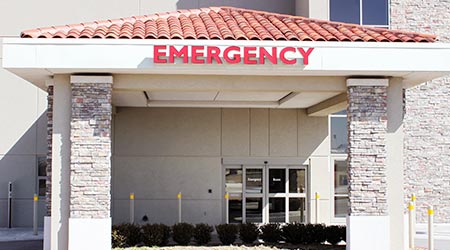New data suggests that while the U.S. is better equipped to manage health emergencies, but progress slowed last year as regional inequities in preparedness persist, according to an article on the Modern Healthcare website.
The U.S. scored a 6.7 on the 10-point scale of the 2019 National Health Security Preparedness Index. That's a 3.1 percent rise over 2018 and a 11.7 percent increase since the Centers for Disease Control and Prevention's index began in 2013.
If this pace continues, it will take a decade to reach a strong health security level of at least 9.
A total of 11 states and the District of Columbia had health security levels that were significantly above the national average in 2018, down from 22 jurisdictions a year earlier. Conversely, 17 states had health security levels that fell significantly below the national average, down from 20 states.

 Building Sustainable Healthcare for an Aging Population
Building Sustainable Healthcare for an Aging Population Froedtert ThedaCare Announces Opening of ThedaCare Medical Center-Oshkosh
Froedtert ThedaCare Announces Opening of ThedaCare Medical Center-Oshkosh Touchmark Acquires The Hacienda at Georgetown Senior Living Facility
Touchmark Acquires The Hacienda at Georgetown Senior Living Facility Contaminants Under Foot: A Closer Look at Patient Room Floors
Contaminants Under Foot: A Closer Look at Patient Room Floors Power Outages Largely Driven by Extreme Weather Events
Power Outages Largely Driven by Extreme Weather Events